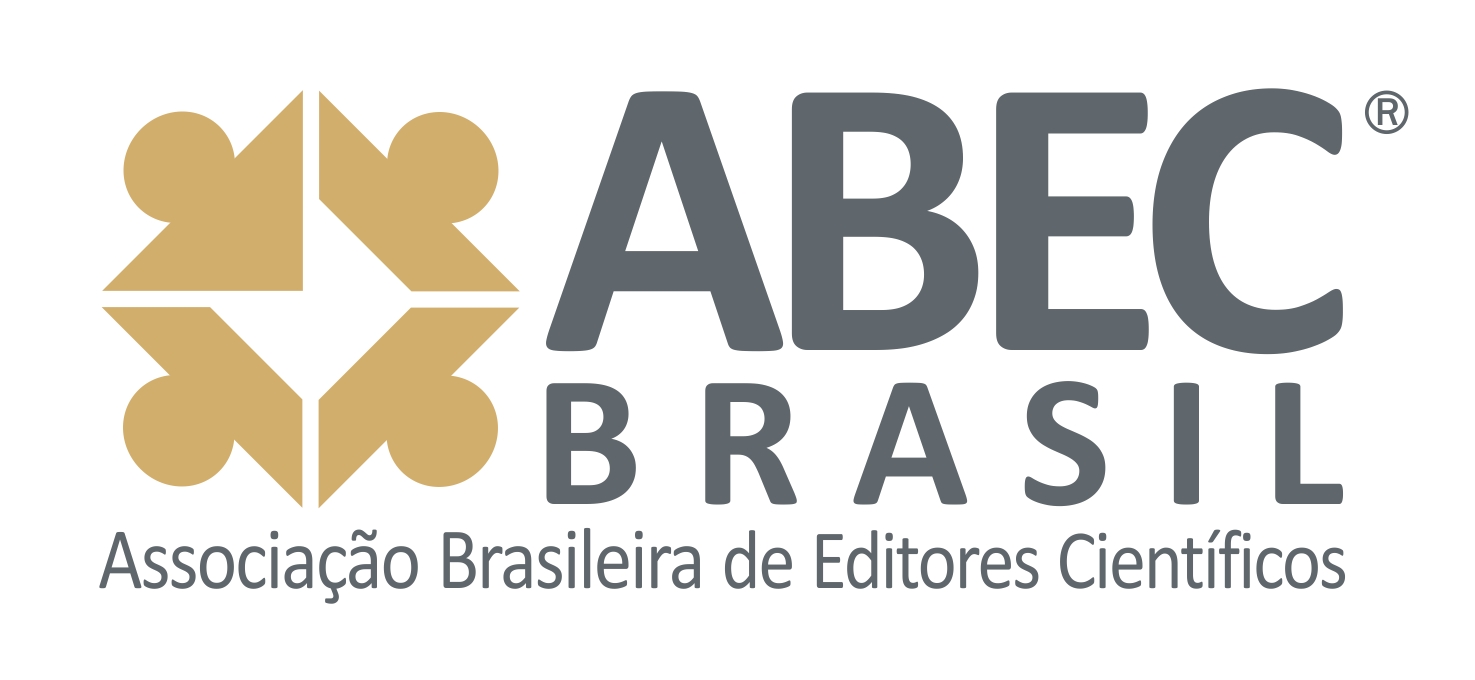FORMULA METHOD FOR ECONOMIC VALUATION OF URBAN FOREST
DOI:
https://doi.org/10.37856/bja.v93i3.3401Resumo
Trees in urban settings provide several benefits and the value of these benefits is calculable. Urban forest economic valuation has been increasingly applied to facilitate and justify expenditures, more efficiently manage trees, serve as a tool to define costs and benefits, adjust project priorities and policies, and assign a value to environmental impacts. This study was designed to evaluate urban forest samples in two of the city of São Paulo’s administrative districts, Itaim Paulista and Nossa Senhora do Ó, and propose improvements to the existing formula method used to evaluate these assets. The two districts’ tree components are currently valued at US$ 85,165.51 and US$ 66,814.838, have a m2 valuation of US$2.71 and US$ 2.12 respectively. Applying the developed formula showed that the formula improvements did differences in these values in 51%. It is recommended that this new formula method should be considered as a new model for urban forest valuation research.Trees in urban settings provide several benefits and the value of these benefits is calculable. Urban forest economic valuation has been increasingly applied to facilitate and justify expenditures, more efficiently manage trees, serve as a tool to define costs and benefits, adjust project priorities and policies, and assign a value to environmental impacts. This study was designed to evaluate urban forest samples in two of the city of São Paulo’s administrative districts, Itaim Paulista and Nossa Senhora do Ó, and propose improvements to the existing formula method used to evaluate these assets. The two districts’ tree components are currently valued at US$ 85,165.51 and US$ 66,814.838, have a m2 valuation of US$2.71 and US$ 2.12 respectively. Applying the developed formula showed that the formula improvements did differences in these values in 51%. It is recommended that this new formula method should be considered as a new model for urban forest valuation research.Referências
ARANTES, B.L. 2017. Arborização urbana e qualidade do ar na cidade de São Paulo. 87p. Thesis presented to obtain a master’s degree in Forest Resources, in Universidade de São Paulo. Piracicaba.
AYUGA-TÉLLEZ, E.; CONTATO-CAROL, M. L.; GONZÃLEZ, C.; GRANDE-ORTIZ, M. A.; VELÃZQUEZ, J. 2011. Applying multivariate data analysis as objective method for calculating the location index for use in urban tree appraisal. Journal of Urban Planning and Development, New York, v. 137, n. 3, p. 230-237.
BLUM, C. T., BORGO, M., & SAMPAIO, A. C. F. 2008. Espécies exóticas invasoras na arborização de vias públicas de Maringá-PR. Revista da Sociedade Brasileira de Arborização Urbana, Piracicaba, v. 3, n. 2, p. 78-97.
CENTER FOR URBAN FOREST RESEARCH. 2006. The Large Tree Argument: The Case for Large Trees vs. Small Trees. USDA Forest Service, Davis, CA, p. 1-8.
EDWARDS, R. 1992. Tree evaluation schemes – making the right choice? Horticulture in New Zealand, Wellington, v.3, n.1, p. 21-29.
FALCO, G. P. 2010. Porque quantificar o meio ambiente? Revista Vianna Sapiens, Juiz de Fora, v.1, n.2, p.1-28.
FAUSET, S., JOHNSON, M. O., GLOOR, M., BAKER, T. R., MONTEAGUDO, A., BRIENEN, R. J., ... & PITMAN, N. C. 2015. Hyperdominance in Amazonian forest carbon cycling. Nature communications, v. 6, p. 6857.
GREY, G. W.; DENEKE, F. J. 1986. Urban forestry. 2nd ed. New York: John Wiley, 299 p.
IBAMA. Portaria n. 37-N, 3 abr. 1992. Available in: <http://www.mma.gov.br/estruturas/179/_arquivos/179_05122008033627.pdf.>. Access in: 01 jun. 2017.
ITO, K., WEINBERGER, K. R., ROBINSON, G. S., SHEFFIELD, P. E., LALL, R., MATHES, R., ROSS, Z; KINNEY, P L; MATTE, T. D. 2015. The associations between daily spring pollen counts, over-the-counter allergy medication sales, and asthma syndrome emergency department visits in New York City, 2002-2012. Environmental Health, v.14, n.1, p.71-80.
LO, A. Y.; JIM, C. Y. 2010. Willingness of residents to pay and motives for conservation of urban green spaces in the compact city of Hong Kong. Urban Forestry & Urban Greening, Jena, v.9, n.2, p. 113-120.
LOVASI, G. S., O’NEIL-DUNNE, J. P., LU, J. W., SHEEHAN, D., PERZANOWSKI, M. S., MACFADEN, S. W; KING, KL; MATTE, T; MILLER, RL; HOEPNER, LA; PERERA, FP; RUNDLE A., F. P. 2013. Urban tree canopy and asthma, wheeze, rhinitis, and allergic sensitization to tree pollen in a New York city birth cohort. Environmental Health Perspectives, v.121, n.4, p.494–500.
MASCARÓ L.; MASCARÓ, J. L. 2010. Vegetação Urbana. Porto Alegre, 3ª edição, 212 p.
MORANCHO, A. B. 2003. A hedonic valuation of urban green areas. Landscape and urban planning, v.66, n.1, p.35-41.
MOTA, J. A. 2001. O valor da natureza: economia e polÃtica dos recursos ambientais. 2 ed. Rio de Janeiro: Garamond, 198p.
PRIMACK, R. B.; RODRIGUES, E. 2006. Biologia da conservação. Editora Efraim Rodrigues, 327 p.
POTENZA, R F. 2016. Métodos de fórmula para valoração econômica de árvores nas cidades. Thesis presented to obtain a master’s degree in Forest Resources. Universidade de São Paulo.
RHODES, J. R., NG, C. F., DE VILLIERS, D. L., PREECE, H. J., MCALPINE, C. A., & POSSINGHAM, H. P. 2011. Using integrated population modelling to quantify the implications of multiple threatening processes for a rapidly declining population. Biological Conservation, Essex, v.144, n.3, p.1081-1088.
ROCHA, Y. T., & BARBEDO, A. S. C. 2008. Pau-brasil (Caesalpinia echinata Lam., Leguminosae) na arborização urbana de São Paulo (SP), Rio de Janeiro (RJ) e Recife (PE). Revista SBAU, n.3, p.58-77.
ROCHA, R. T. D., LELES, P. S. D. S., & OLIVEIRA NETO, S. N. D. 2004. Arborização de vias públicas em Nova Iguaçu, RJ: o caso dos bairros Rancho Novo e Centro. Revista Ãrvore, Viçosa, MG, n.28, v.4, p.599-607.
SANDER, H.; POLASKY, S.; HAIGHT, R. G. 2010. The value of urban tree cover: a hedonic property price model in Ramsey and Dakota Counties, Minnesota, USA. Ecological Economics, Amsterdam, v. 69, n. 8, p. 1646-1656.
SEAMANS, G. S. 2013. Main streaming the environmental benefits of street trees. Urban Forestry & Urban Greening, Washington, v.12, n.1, p. 2-11.
SILVA FILHO, D. F., PIZETTA, P. U. C., DE ALMEIDA, J. B. S. A., PIVETTA, K. F. L., & FERRAUD, S. 2002. Banco de dados relacional para cadastro, avaliação e manejo da arborização em vias públicas. Revista Ãrvore, Viçosa, v.26, n.5, p. 629-642.
SILVA FILHO, D. F.; TOSETTI, L. L. 2010. Valoração das árvores no Parque Ibirapuera – SP: importância da infraestrutura verde urbana. Revista LabVerde, São Paulo, n.1 p.11-25.
SMITH, V. K.; HUANG, J. 1995. Can markets value air quality? A meta-analysis of hedonic property value models. Journal of Political Economy, Chicago, v. 103, n.1, p. 209-227.
VIANA, S. M., TOSETTI, L. L., ROLLO, L. C. P., SILVA FILHO, D. F. 2012. Valoração monetária: pesquisas em floresta urbana. Revista SBAU, Piracicaba, v.7, n.1, p. 76-88.
WATSON, G. 2002. Comparing formula methods of tree appraisal. Journal of Arboriculture, Champaign, v.28, n.1, p.11-18.
WOLF, K. L. 2004. O valor econômico e social das florestas urbanas. Revista de Agricultura Urbana, Leusden, v. 1, n. 13, p. 32-35.











